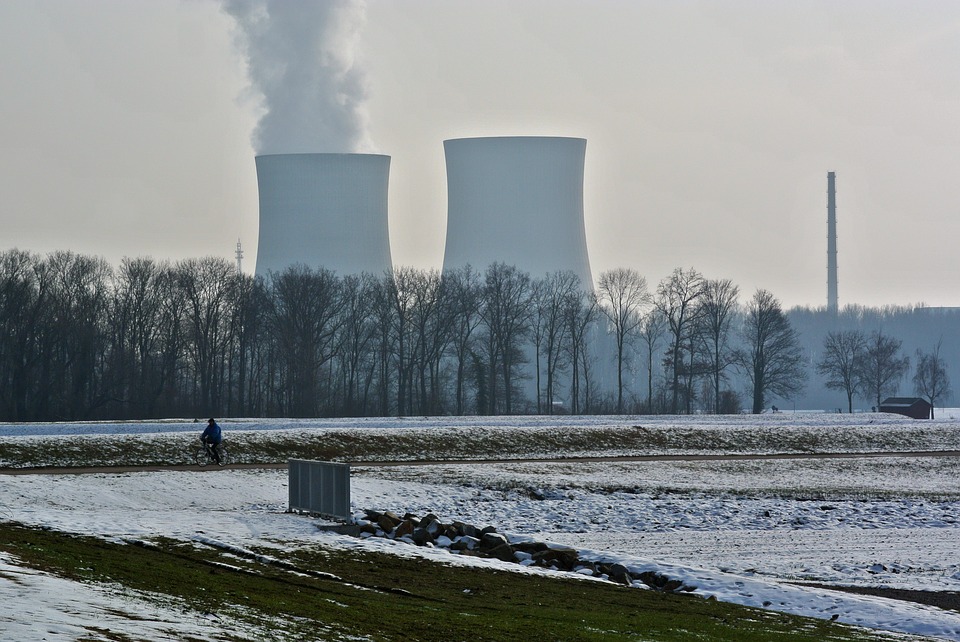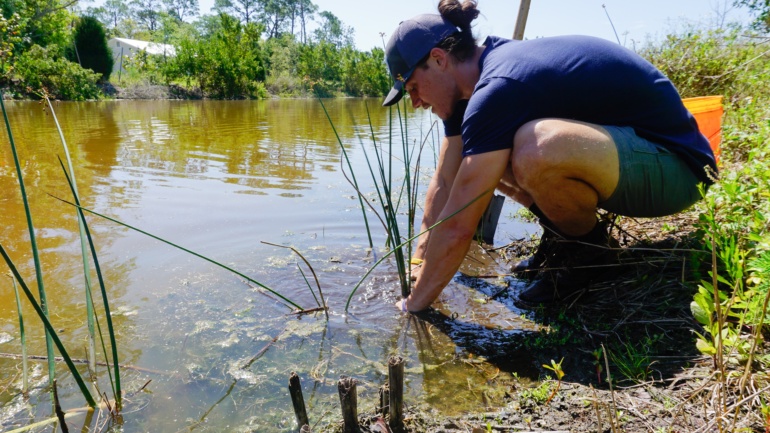Abandoned uranium mines continue to contaminate water sources, posing health risks to Native American communities.
By Suraj Rajendran, Research Project Leader for Save The Water™ | November 10, 2016
It’s common that in the times following one water crisis, others are overshadowed and often forgotten. One of these forgotten water issues is the contamination in Navajo Nation. Experts attribute the lack of discussion on the topic to the biased media and to the United States’ general disregard for the Native American community. Since early 2016, indigenous protesters have begun a series of protests and events in order to expose the troubling pollution problem on Navajo land.
Since the 1950s, uranium mining, coal mining, and coal-fired power plants have been depositing harmful contaminants into Navajo water sources. Some issues of significance include contamination by the Peabody Coal mining on Black Mesa, pollution from radioactive tailings from Cold War uranium mining, and the 2015 Gold King Mine wastewater spill. Even after relocation to the Four Corners region, affected Native Americans still suffered from chemical contamination. Because they were relocated to Sanders, Arizona, uranium contaminants would seep into water sources by the Rio Puerco wash.3 What’s more, the Four Corners is known for its polluting coal-fired power plants. “Our water has been impacted since the 1950s on to today,” states Dine’ (Navajo) Louise Benally, who has been resisting relocation at Big Mountain for 40 years.1
What makes uranium contamination so dangerous? In order to find out, William Bale and John Harley conducted an independent study that eventually led to the development of the United States Public Health Study (USPHS) on uranium mine workers. Bale, Harley, and the USPHS revealed that miners and non-miners who had come into contact with contaminated water had a higher probability of developing lung cancer, pneumoconiosis, tuberculosis, chronic obstructive respiratory disease, and diseases of the blood.4 They were perhaps 30 times more likely to contract a disease than those not affected.4
Millions of people across the United States are being exposed to nuclear radiation on a daily basis. Each case of exposure has been linked to cancer, genetic defects, and a general increase in mortality. The delegation heading to Washington plans to speak about many of the harms of uranium contamination that affect them and others.
“Native American nations of North America are the miners’ canaries for the United States trying to awaken the people of the world to the dangers of radioactive pollution,” exclaims Ms. White Face.1 There are over 272 Abandoned Uranium Mines (AUM) in South Dakota which continue to contaminate the Cheyenne River and lay waste to holy ceremonial locations. And it’s not just the Native American population that’s affected. Because these AUMs are in such close proximity to the infamous Mt. Rushmore, millions of tourists come into close contact with radioactive contamination, too.
Environmentalists have warned that there are thousands more of AUMs around the nation, all having the capability to contaminate water to a dangerous degree. Unfortunately, indigenous communities are the most affected by AUMs, as seventy-five percent of these mines are located on tribal lands.2 “In 2015 the Gold King Mine spill was a wake-up call to address dangers of abandoned mines, but there are currently more than 15,000 toxic uranium mines that remain abandoned throughout the US,” states Ms. White Face.1 For more than five decades, many of these poisonous, radioactive sites have been destroying the land, air, and water around landmarks such as the Grand Canyon and Mt. Rushmore. Each single mine has the same potential to cause another Gold King Mine Spill, threatening the livelihoods of the people who live in and around the area.1
Ongoing campaigns, such as the “Clean Up Mines!” campaign, has been attempting to resolve the problem of the AUMs. Its goal is to get the government to pass the Uranium Exploration and Mining Accountability Act, something that would ensure clean up of all AUMs. Though it was submitted two years ago, it has yet to be formally introduced to Congress. Until then, there is currently no law requiring the cleanup of these abandoned mines, permitting private industries and the federal government to avoid facing the problems they’ve created.2 Leono Morgan of Diné No Nukes can attest to one of these many ignored problems: “The United Nuclear Corporation mill tailings spill of 1979, north of Churchrock, New Mexico left an immense amount of radioactive contamination that down-streamers, today, are currently receiving in their drinking water. A mostly-Navajo community in Sanders, Arizona has been exposed to twice the legal limit allowable for uranium through their tap. This is criminal!”
“These uranium mines cause radioactive contamination and as a result, all of the residents in their vicinity are becoming nuclear radiation victims,” states Petuuche Gilbert, a member of the Acoma Nation, LACSE, MASE, and IWA. Gilbert says that any funding that the federal and state government has provided for the remediation of the rundown mines is insignificant. Moreover, he claims that it is the duty of the government to clean up these radioactive mines and do further studies in order to combat the contamination issue. Campaigns continue as these Native American activists fight for a safe and secure land. All that they can do now is to wait for the federal government to take action.
References:
- K. Benally. February 26, 2016. “Protesting Radioactive Pollution at Uranium Mines.” ZCommunications. https://zcomm.org/zmagazine/protesting-radioactive-pollution-at-uranium-mines/
- J. Dana. April 10, 2016. “Research into Arizona Town’s Uranium-Contaminated Water Supply Sparks Change.” 12 News. http://bit.ly/1RXK0XV
- “Navajo Nation: Cleaning Up Abandoned Uranium Mines.” United States Environmental Protection Agency. https://www.epa.gov/navajo-nation-uranium-cleanup
- “Radioactive Waste Management Programmes in OECD/NEA Member Countries.” 2006. Radioactive Waste Management. https://www.oecd-nea.org/rwm/profiles/




